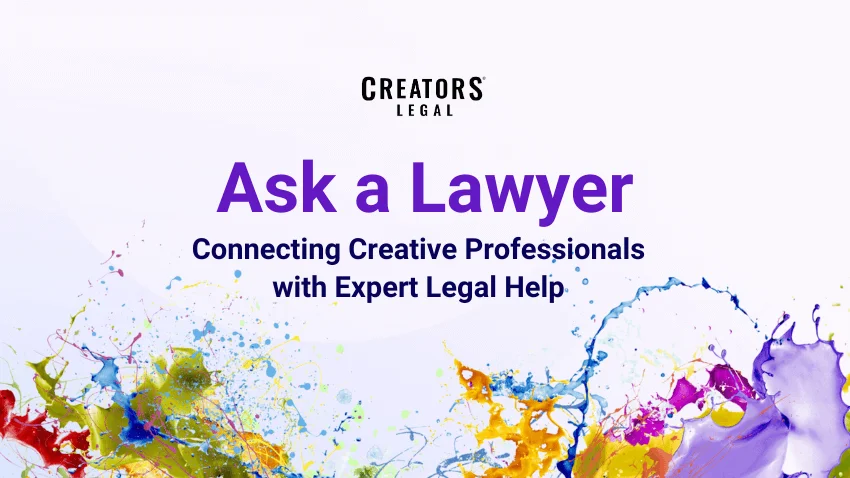As a creator, it’s important to protect your work. One way to do this is by using a non-disclosure agreement, or NDA. An NDA is a legal contract that prohibits the recipient from sharing confidential information. In the context of creativity, an NDA can be used to protect your ideas, designs, and other intellectual property.
In this post, we’ll explore when creators should use an NDA and the legal aspects involved. We’ll also provide a brief guide on how to create an NDA and enforce it.
Why creators need NDAs
As a creator, you likely have unique and valuable ideas. Whether you’re a writer, artist, musician, or designer, your creative work is an important part of who you are. Unfortunately, not everyone respects creative work and ideas. Some people may try to steal your ideas or use them without permission.
This is where NDAs come in. An NDA can help protect your work from being used without your permission. It creates a legal barrier that prevents others from sharing your confidential information.
When to use an NDA
There are many situations where an NDA can be useful for creators. Here are a few examples:
- Sharing ideas with potential collaborators or clients: If you’re working on a project with other people, it’s a good idea to have an NDA in place. This will prevent your collaborators or clients from sharing your ideas without your permission.
- Discussing a project with a potential investor: If you’re seeking funding for your creative project, you’ll likely need to discuss your ideas with potential investors. An NDA can protect your work and prevent investors from using your ideas without your permission.
- Presenting your work to a publisher or agent: If you’re a writer or artist, you may need to present your work to a publisher or agent in order to get it published or represented. An NDA can prevent the publisher or agent from sharing your work without your permission.
- Working with a manufacturer or producer: If you’re working on a product, you may need to share your designs and ideas with a manufacturer or producer. An NDA can prevent them from sharing your confidential information with others.
Legal aspects of NDAs
NDAs are legal contracts, so it’s important to understand the legal aspects involved. Here are a few key points to consider:
- NDAs must be voluntary: Both parties must agree to the NDA voluntarily. This means that you can’t force someone to sign an NDA.
- NDAs must be in writing: An NDA must be in writing in order to be legally enforceable. This means that verbal agreements are not sufficient.
- NDAs must be specific: An NDA should clearly define what information is considered confidential and what is not. This will help prevent disputes and ensure that both parties understand their obligations under the NDA.
- NDAs have limitations: NDAs do not provide unlimited protection. They only prevent the recipient from sharing your confidential information without your permission. They do not prevent the recipient from using your ideas to create their own work, unless you have a separate agreement in place (such as a licensing agreement).
Creating an NDA
If you decide to use an NDA, it’s important to create one that is specific to your needs. Here’s a brief guide on how to create an NDA:
- Define the purpose of the NDA: The first step is to define the purpose of the NDA. This will help you determine what information needs to be protected and what limitations should be included in the agreement.
- Identify the parties involved: The NDA should clearly identify the parties involved in the agreement. This typically includes the disclosing party (the person sharing the confidential information) and the receiving party (the person receiving the confidential information).
- Define the confidential information: The NDA should define what information is considered confidential. This should be specific and clearly stated. For example, the NDA might state that any ideas, designs, or other intellectual property shared by the disclosing party is considered confidential.
- Include limitations and exceptions: The NDA should include any limitations or exceptions to the confidentiality agreement. For example, the NDA might state that the receiving party is not prohibited from using their own knowledge, experience, or skills to create their own work.
- Include a term of the agreement: The NDA should include a term, which is the length of time that the confidentiality agreement will remain in effect. This could be a specific date (e.g. one year from the date of the agreement) or it could be open-ended (e.g. until the confidential information is no longer considered confidential).
- Include a clause for the enforcement of the agreement: The NDA should include a clause that outlines how the agreement will be enforced. This typically includes a provision for legal action, such as arbitration or mediation, in the event of a breach of the agreement.
Get a powerful form builder, a safe e-signature system, and your own personalized dashboard to store and manage all your contracts. Protect yourself in minutes without pricey entertainment attorneys!






